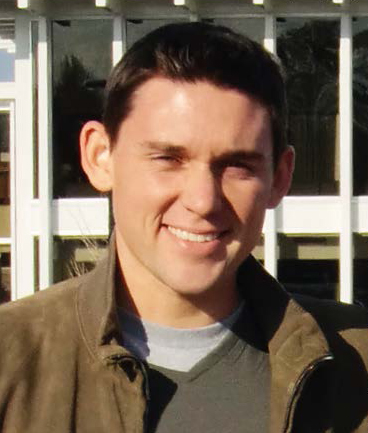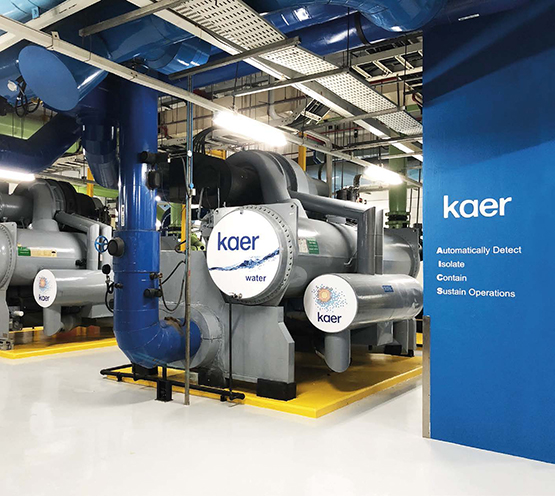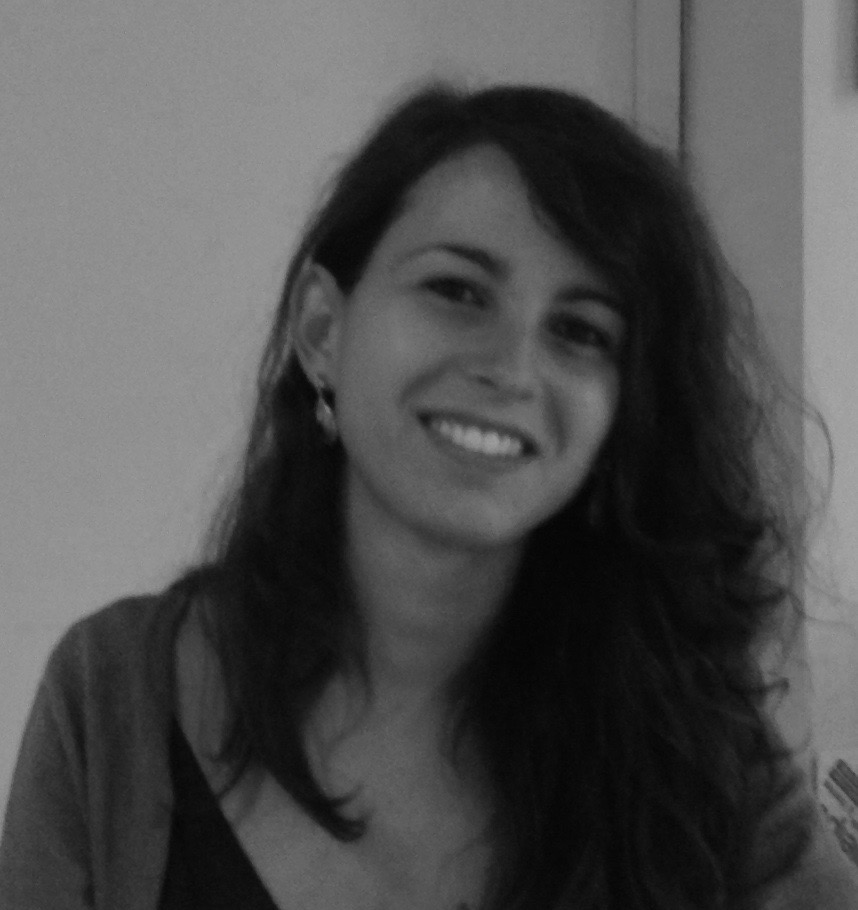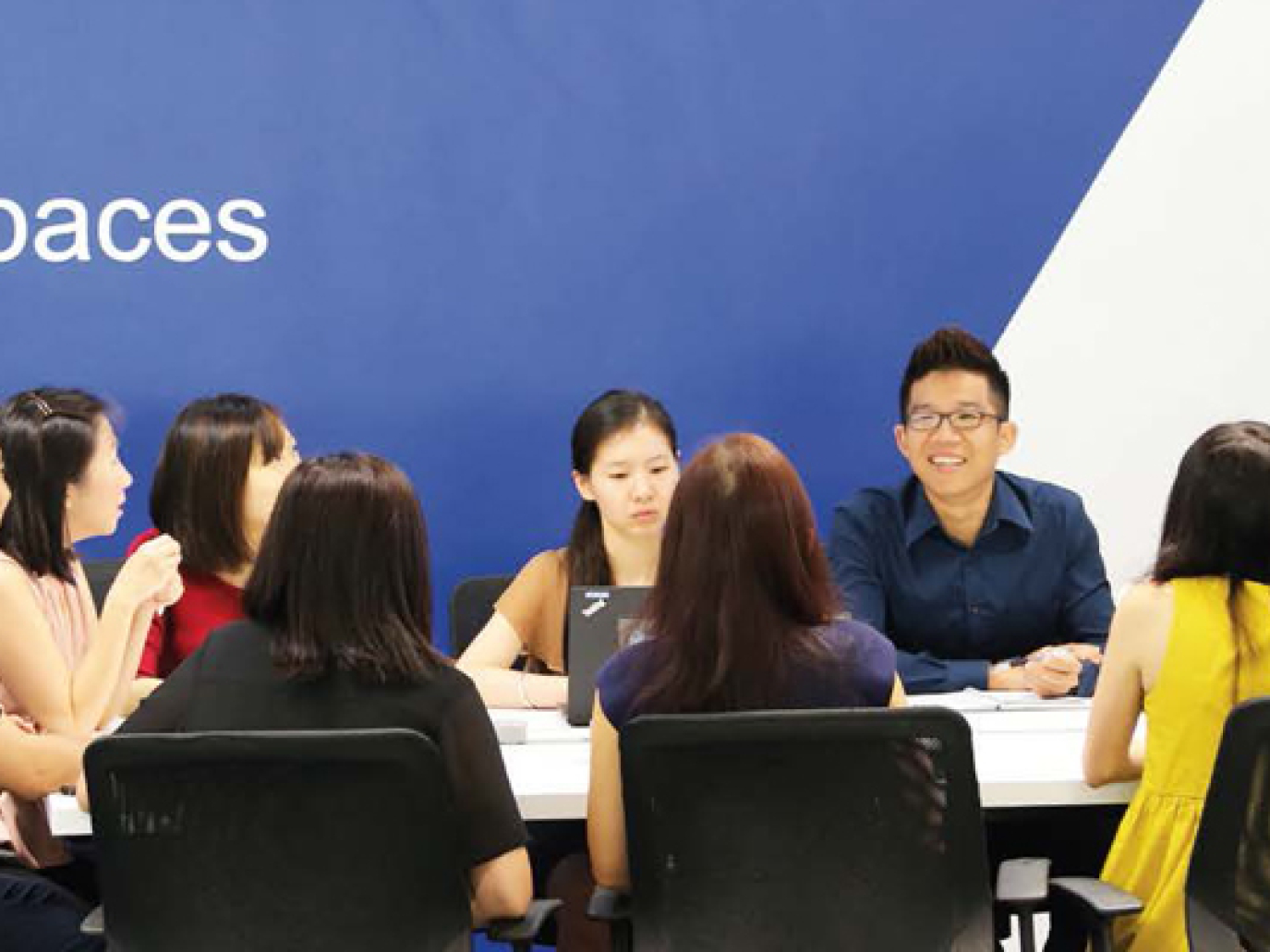Everything started around eight years ago when Kaer’s CEO, Justin Taylor, sat down with the chairman and senior directors to begin a conversation on how to innovate the company and generate added value for its customers. Kaer, founded in 1993, had more than thirty different product lines on the market, all of which related to air-cooling, green buildings and energy efficiency. The objective of this conversation was not to simply create cheaper alternatives or gain a larger market share, but to address key issues the company was facing. In fact, what they realised was that: while building owners work in collaboration with consultants, contractors, and suppliers, they are the only ones responsible for the air-conditioning in their buildings. However, the priority of building owners and their clients is not to own air-conditioners, but rather to have fresh air. From this simple realisation AcaaS was born.
In the years that followed the company went through a complete restructuring and created an entirely new division, called asset management. This new and revolutionary division, where today more than 50% of Kaer employees work, is in charge of looking after customers and making sure they have working air-con at all times. Researchers and engineers work to establish ways with which to provide better air distribution, better comfort, and better indoor air quality. In turn, the asset management division endeavours to truly improve the lived experience of its customers, the clients of the customers, and of all the end users of the buildings for which they provide ACaaS.
In the last few years Kaer has installed its ACaaS in data centres, food processing plants, educational facilities, offices, and even shopping malls. They have reached over 25 thousand RT (refrigerator ton, the unit of power to measure air-con consumption), cooling more than 5 million square feet of space. While the company is active in Singapore, Malaysia, Indonesia and India, the ACaaS service is currently offered only in Singapore and India.
The building owners who choose ACaaS are given the environment they want and the temperature they choose. However, as the provider of the service, Kaer takes full responsibility for supplying and maintaining the air conditioning system; and thus a comfortable office space. While there are some companies that use the service model to sell chilled water, Kaer is the only one that provides air conditioning as a service, revolutionising the sector.
Utilising the product as a service model, Kaer has shifted the responsibility of reducing energy consumption away from building operators and owners and taken on the task of optimising air-conditioning systems. With this business model building owners pay for a cool, comfortable space with no upfront costs and are simply charged a fixed monthly fee or a pay-as-you use $/RTH rate (dollar per refrigerant ton hour). In this way, Kaer is faced with the apparent paradox of applying a business model that lowers demand for the very product it sells, which they solve ingeniously by using a price structure where savings made are shared with the customer.
Therefore, paying a fixed monthly fee or per RT used to get a comfortable environment, also makes sense for building owners as they can outsource to Kaer all the operative tasks and maintenance, including electricity, and repair bills. A true win-win circular solution.
Although, it makes even more sense in countries like Singapore and India, where air conditioning is used all year round, and considering the fact that in many countries in Southeast Asia buildings are the biggest energy consumers; the product as a service model could be a global solution to the increased energy demands dictated by the rise of air-con as an essential commodity. In the interview with Dave Mackerness we address some of these issues.

Interview with Dave Mackerness, Business Development Director at Kaer Pte Ltd
by A. I. T.
A Model that Unites Business with the Environment
How did customers react to the shift towards air-con as a service?
“In the beginning, they thought we were absolutely insane because we were doing something that nobody had done before. There was a long gestation period before we got some traction. The clients were sceptical about trying a new model, even though the engineering side was the same, we used the same air conditioning equipment, and the same way of running the system. The business model was completely different. We are moving towards a world where building owners don’t own the equipment anymore. This is a big step, because they need to trust and rely on a company that runs the service. There is a real need for a change in mind-set. Many people were not very receptive. So, instead of going to customers that would benefit more from the model (which is what companies would usually do), we looked for people who wanted to do things differently, people who believe in the same things we believe: like outsourcing and doing things differently. The traction came from the people with a different mind-set. After we got the first 5, 10, 15 customers we started to get noticed by the big real estate developers and now even by the big fund managers.”
Why should building owners shift to air-con as a service?
“We believe we run our air conditioning systems better than anybody else. This means building owners get less complaints from their tenants for being too hot or too cold and also less breakdowns. We track our deliverables every second of every day and the tenants are getting a better level of service. Reliability is fundamental for data centres and manufacturing facilities.
Also, there are levels of improvement in the service that are inherent within the business model. Air-con as a service covers and provides huge benefits for the building owners: like not having to put CAPEX (Capital Expenditures) in a non-core activity or not taking a business risk. This is a massive benefit.”
What was – and still is – the main challenge in the shift from ownership to service?
“The most difficult thing was the mind-set. It is a no-brainer model, product as a service is a great model and gives the customers a better performance. I spoke with many people. Everybody liked the model, but everybody was scared to move to a place where they didn’t own their equipment. The challenge is having the customers on board and the rest will follow. I can understand the fear. I had the same fear, as a music lover, when I switched to Spotify it completely changed my experience, but the shift wasn’t easy. It took me 3 or 4 years.
But when I eventually changed, I was blown away by the experience. It totally changed the way I listened to music. With Kaer Air we are providing that same transformational change with the same ‘product as a service’ model. We are transforming the way building owners create experiences for their customers.”
The companies that offer Air-con as a service carry a huge responsibility as this service also runs on high energy consumption levels. How do you deal with this?
“The other winner of this model is the environment. You don’t need to convince building owners of the business sense behind saving the environment. With this business model nobody has to care about the energy consumption apart from Kaer. Because 40% of the cost of delivering air-con is energy, every second of every day we have a strong financial incentive to make the system more efficient. Whether you care about the environment or not is irrelevant, it is a business decision. Everybody cares about the environment, but many won’t spend money on saving it, or won’t compromise their lifestyles to help it. The beauty of this business model is that Kaer makes more money if it saves the environment. The business’ profits and positive environmental impacts are directly linked. Having recognised this, we now have a performance director and every morning our CEO gets an update on how much energy we are saving or using and how we can improve. Our business is completely linked to how much energy we save. We even developed an artificial intelligence platform, which is the only one in the world that can autonomously optimise air conditioning systems.”

Therefore, the future lies in service and not ownership?
“Absolutely, yes! Like Spotify and other companies are showing, people don’t care to own the music, they just want to listen to it. There are many examples currently demonstrating the power of the product as a service (PaaS) business model.
Another fantastic aspect of PaaS is the democratisation of best. Usually, for every product 5% of the market goes for a cheap price and a poor product. On the other hand, 5% of the market goes for an expensive price and a brilliant product. But most people choose what sits in the middle. Therefore, only 5% of the market is actually getting the best available product, knowledge and performance. With Kaer Air we deliver the same service to every single one of our customers. As a testament to this model the most energy efficient and high performing system in Kaer’s portfolio is a shopping centre which currently runs on one of the most efficient systems in the world. It is even more efficient than our government or iconic projects. Lighting as a service, solar as a service, and air conditioning as a service will allow the other 95% of buildings to access the best technology, design thinking and know how for the exact same price. I think that a shift to PaaS in Singapore will allow us to make 70-80% of buildings ‘green,’ very quickly.”
What do companies need in order to adopt a PaaS business model?
“First of all, you need to have the confidence and ability to deliver the service. You need the capital and you need to be able to build the best systems. We invest a lot of time and money in people and tools to run the system efficiently. When you sign a 15 year contract you need to be really sure that you will run the system efficiently, otherwise it can have a massive impact on your profits. For us this represents the main challenge. We are also in the right place at the right time because in Singapore air conditioning is used 12 months a year.
Convincing our board and team to pursue this new model was easy because it was better for our customers. We didn’t try to invent something that allowed us to sell more products. We listened to what our customers were telling us and the business model was the obvious solution.”
Kaer, www.kaer.com



